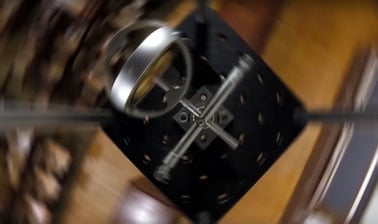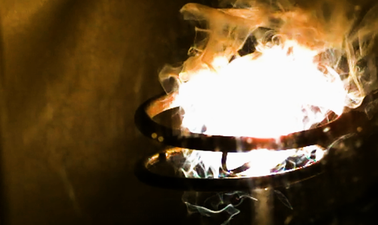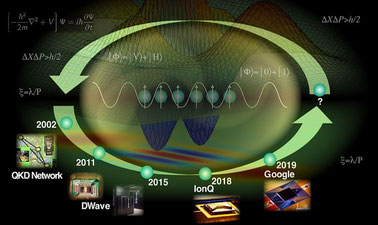The online collision simulations on this page show you in a practical way what happens when two or more objects collide with each other, what are the main types of collisions and what is the result of the physical quantities involved.
Collisions in physics are events in which two or more objects collide with each other, changing their speed and direction. Collisions are governed by the laws of conservation of linear momentum (quantity of motion) and energy. There are two fundamental types of collisions: elastic and inelastic.
Elastic collision. An elastic collision is a collision in which there is no loss of kinetic energy in the system. Both the linear momentum and the kinetic energy remain constant. Elastic collisions occur when objects collide and bounce off each other without any change in their shapes. Collisions of billiard balls or collisions between subatomic particles are good examples of elastic collisions.
Inelastic collision. An inelastic collision is a type of collision in which the kinetic energy is not conserved. In an inelastic collision the internal forces do work, so the kinetic energy of the system no longer remains constant. The main characteristic of this type of collision is that there is a dissipation of energy. Although the kinetic energy is not conserved, the total linear momentum of the system is conserved.
The study of collisions has applications in various areas of physics and engineering, such as in automotive mechanics, particle dynamics in nuclear physics, the collision of subatomic particles in particle physics, and in the design and analysis of safety systems in automobiles and other devices.
In short, these online collision simulations are an extraordinary aid to understanding the physical principles governing collisions between objects.
Explore the exciting STEM world with our free, online simulations and accompanying companion courses! With them you'll be able to experience and learn hands-on. Take this opportunity to immerse yourself in virtual experiences while advancing your education - awaken your scientific curiosity and discover all that the STEM world has to offer!
- Inelastic
- Elastic
- Explosion
- Curling
- Lab
Inelastic collision
In this simulation, the two balls remain together after the collision. You can change the mass and velocity of the balls. See what happens to the energy and the amount of motion (momentum) before and after the collision.
Elastic collision
In this simulation, the two balls have an elastic collision. You can change the mass and velocity of the balls. See what happens to the energy and the amount of motion (momentum) before and after the collision.
Explosion
In this simulation, the two balls separate simulating an explosion. You can change the mass of the balls and the amount of energy supplied. See what happens to the energy and the amount of motion (momentum) before and after the explosion.
Collision Lab
Investigate a simple 1D collision and more complex 2D collisions. Experiment with the number of balls, their masses and their initial conditions. Vary the elasticity and observe how the total momentum and kinetic energy change during collisions.
Physics courses


AP® Physics 2: Challenging Concepts



AP® Physics 1: Challenging Concepts



AP® Physics 1 – Part 4: Exam Prep



AP Physics 1



Mechanics, Part 2



Mechanics, Part 1



Dynamics and Control

Other courses


AP® Physics 2 – Part 3: Optics and Modern Physics



Introduction to Pharmacology



The History of Ancient Environments, Climate, and Life



Dynamics and Control



Synthetic Aperture Radar: Hazards



Basic Steps in Magnetic Resonance



Quantum Mechanics



The Physics of Electronic Polymers (PEP)





















